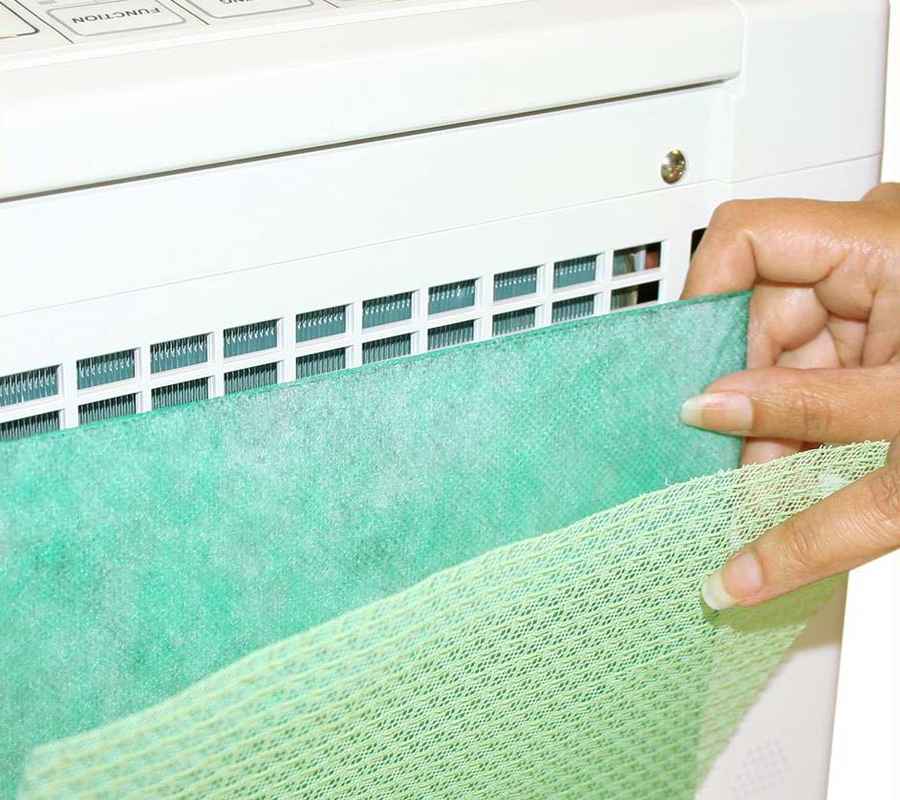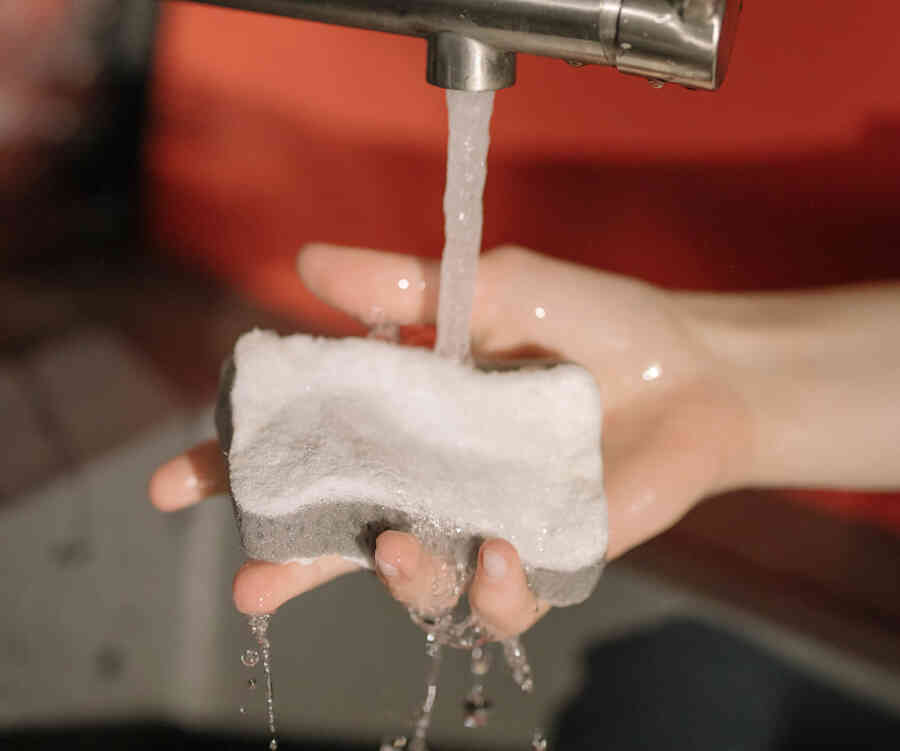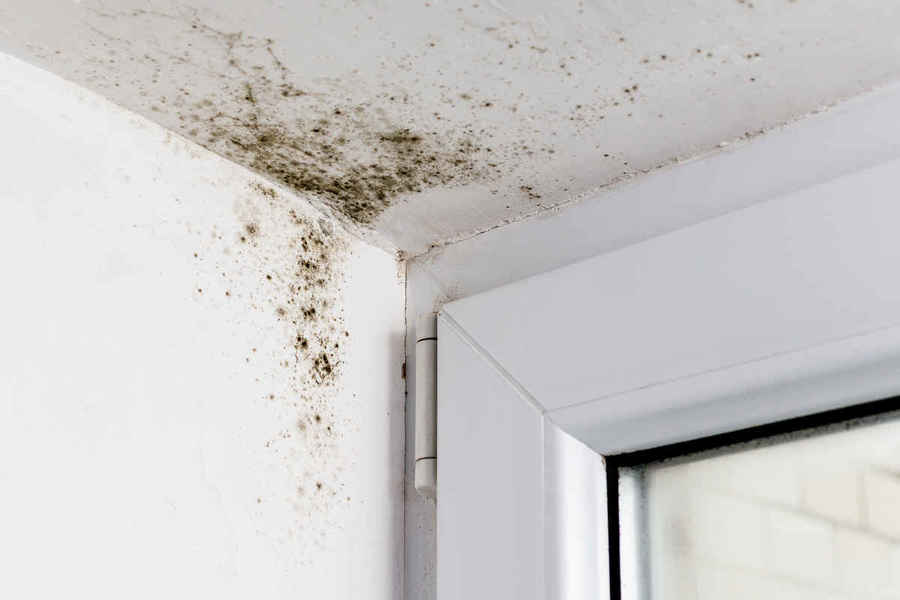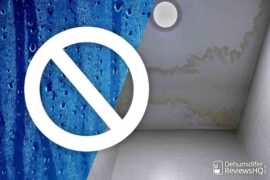Mould is a huge concern for landlords and tenants alike. Its presence in rental properties poses significant health risks to occupants. Besides that, it can lead to legal disputes between landlords and tenants.
Fortunately, with proper prevention and treatment measures, it is possible to eliminate mould from rental properties and reduce the associated risks.
In this article, we will examine the potential hazards of mould in rental properties, the causes of mould growth, and the steps landlords and tenants alike can take to prevent and treat infestations. We will also discuss the responsibilities of landlords and tenants in managing and addressing mould concerns.
The Dangers Of Mould In Rental Properties
Health Risks For Tenants
Mould can pose a grave health risk to tenants, especially those who suffer from allergies or have a weakened immune system. When exposed to mould, you may notice several symptoms. For instance, this can include nasal congestion, coughing, wheezing, eye irritation, skin rashes and throat irritation and, in severe cases, exposure to toxic mould can lead to serious respiratory problems, plus neurological and immune system damage.
According to the World Health Organization (WHO), indoor dampness and mould exposure can lead to a 30-50% increase in a diverse range of respiratory and asthma-related health problems in children and adults.
Legal Implications For Landlords
Landlords are legally required to provide tenant accommodation that is fit for habitation. Failure to comply with this responsibility can result in legal action, including fines and forced repairs and improvements.
Landlords in the UK who fail to address mould issues in their rental properties may be held liable for any health problems or damage suffered by tenants owing to mould exposure.
Under the Homes (Fitness for Human Habitation) Act 2018, landlords must ensure that their properties are free from hazards. That includes dangers like dampness and mould, which could be detrimental to the well-being of tenants.
By law, this Act applies to all new tenancies and tenant renewals signed from 20 March 2019. It also covers all periodic tenancies entered into as of 20 March 2020.
Negligent landlords can also face consequences under the Environmental Protection Act 1990. It requires them to keep their properties in a clean and sanitary state. For landlords found with properties in contravention of this legislation, the penalty can include the issuance of improvement notices or prosecution by local authorities.
Prevention Of Mould In Rental Properties
1) Regular Inspections
Regular inspections are a vital component of preventing mould growth in rental properties. Property owners should schedule inspections at least twice annually, ideally before and after the rainy season. In Essence, landlords should look for signs of water damage, leaks, and moisture during inspections.
Any issues that turn up will require immediate addressing to prevent mould growth. This proactive step not only protects the overall health of tenants but also helps prevent costly damage to the property.
2) Improving Ventilation
Since poor ventilation is a common cause of mould in rental properties, landlords should ensure proper ventilation in bathrooms, kitchens, and other areas prone to moisture build-up. They should also encourage tenants to open windows and use exhaust fans when cooking or showering.
If the property has a central air system, landlords should replace the filters at least every six months.

An air conditioning and heating system with a high-efficiency particulate air (HEPA) filter can also help to filter out mould spores and prevent them from spreading.
3) Maintaining Plumbing And Roofing
Mould thrives in damp environments and areas with water damage. As such, landlords can limit favourable breeding conditions by ensuring that plumbing and roofing are in good condition. Any leaks or water damage will require immediate addressing to stave off mould growth.
Landlords should also notify tenants to report leaks or water damage as soon as they detect it. Gutters and drains also require regular cleaning to avoid clogging and water build-up on roofs and basements.
4) Effective Cleaning Procedures
 Cleaning regularly and effectively is crucial in the prevention of mould growth. Landlords should provide tenants with cleaning guidelines for their rental home, including instructions for washing and drying surfaces prone to moisture build-up.For example, tenants can receive a crash course on cleaning the bathroom after a shower, including wiping down the shower walls and floor with a squeegee or towel to remove excess moisture.
Cleaning regularly and effectively is crucial in the prevention of mould growth. Landlords should provide tenants with cleaning guidelines for their rental home, including instructions for washing and drying surfaces prone to moisture build-up.For example, tenants can receive a crash course on cleaning the bathroom after a shower, including wiping down the shower walls and floor with a squeegee or towel to remove excess moisture.
Other tips can include a reminder to clean the fridge regularly and to avoid leaving damp clothing or towels around the house. For easy reference, homecare tips can be part of the documentation that comes with the tenancy agreement.
Recommended Anti-Mould Paint
- MOULD & FUNGI RESISTANT - Provides resistance to mould & fungal growth in high humidity...
- LONG LASTING PROTECTION - Siramico Coatings Anti Mould Paint is specially formulated to...
- READY TO USE - The Anti-Mould Paint is ready to use on interior surfaces where mould has...
- ✅ Water-based – no harmful solvents
- ✅ No VOC & low odour – ideal for occupied spaces
- ✅ Non-toxic & silicone-free
- Instant Damp Blocking for Interiors: Polar Dampseal Paint quickly seals and blocks...
- Low Odour Damp Protection: Now available in a water-based, solvent-free formulation, Polar...
- Versatile Multi-Surface Use: Suitable for plaster, cement, brick, wood, and stone. Perfect...
Prices & information last updated on 2025-12-21
Treating Mould In Rental Properties
Identifying The Type Of Mould

There are various types of mould that can occur in rental properties, and each requires specific treatment. The most common types are:
- Aspergillus, which can be green, brown, or yellow, is usually found in damp areas.
- Cladosporium, usually black or green, is often found on walls, ceilings, and floors.
- Stachybotrys, usually black or dark green, is often found in areas with chronic water damage or high humidity.
It’s essential to identify the type of mould to determine the best course of treatment.
DIY Remedies
For mild cases of mould, landlords or tenants may be able to remove it with simple DIY remedies:
- Distilled white vinegar: Makes an effective and affordable solution that can kill up to 82% of mould species. Mix one part vinegar with the same amount of water in a spray bottle and spray onto the mouldy area. Let it sit for an hour before wiping it away with a damp cloth.
- Baking soda: Mix a quarter of a tablespoon of baking soda with water to create a paste. Apply the paste to the mouldy area and let it dry for a few hours before scrubbing it with a brush and wiping it away with a damp cloth.
- Tea tree oil: Mix one teaspoon of tea tree oil with one cup of water in a spray bottle and spray onto the mouldy area. Let it sit for a few hours before wiping it away with a damp cloth.
It’s important to note that while these DIY solutions can be effective for minor cases of mould, they may not be suitable for severe or extensive mould growth. In such situations, it is advisable to consider using a specialized product. For instance, the HG mould spray tackles even the most stubborn mould infestations with its powerful formulation and targeted application.
Whether you opt for a DIY or store-bought mould remover, remember to wear protective gear, such as gloves and a mask, to prevent caustic burns and exposure to mould spores.
Professional Mould Removal Services
For severe or extensive cases of mould, the recommendation is to seek the services of a professional mould removal company. These companies have the expertise and equipment to safely and effectively remove mould and can help identify the underlying cause of mould growth. The cost of professional mould removal services can vary depending on the extent of the mould growth and the size of the property.
It’s essential to select a reputable and experienced company, as improper mould removal can cause the mould to spread and potentially expose occupants to harmful mould spores. Additionally, it is advisable to check if the company is registered with a trade organization, such as the Property Care Association, and to request references from previous clients.
Landlord And Tenant Responsibilities
Defining Roles And Responsibilities
Landlords and tenants have explicit responsibilities when it comes to maintaining rental properties.
Landlords have multiple responsibilities to fulfil. To begin with, they have to maintain the entire property. That includes the roof, walls, foundations, and other supporting structures, such as terraces or balconies.
It is also their responsibility to provide safe and habitable dwellings. That includes making sure the plumbing and electrical systems are in working order. They must also ensure compliance with legal requirements for rental properties, such as installing smoke detectors and carbon monoxide alarms.
Tenant responsibilities don’t just end with paying rent on time. They also encompass keeping the rental property clean and free from damage and promptly reporting any necessary repairs or maintenance to the landlord. Tenants are also responsible for any damage they cause to the property beyond normal wear and tear and are legally bound to adhere to the terms of their rental agreement.
Mould Disclosure In Rental Agreements
Landlords and tenants should be aware of their responsibilities in relation to preventing and treating mould in rental properties. The rental agreement should outline each party’s responsibilities for maintaining a mould-free living environment.
In situations where there is a history of mould, it is advisable for landlords to disclose this information to potential tenants. Doing so demonstrates transparency and willingness to provide safe and habitable premises. Tenants also have the right to request information about the property’s condition before entering into a lease agreement.
It is also essential to have clear clauses that require tenants to report any instances of mould growth and to maintain proper ventilation in the property. Landlords should regularly inspect the property to ensure it remains devoid of mould and other hazardous substances.
Tenants must report any instances of mould growth immediately to their landlord and should do their part to maintain proper ventilation in the property. Tenants should also permit the landlord to conduct periodic inspections to assess and identify the presence of mould growth.
In short, both the landlord and tenant have a shared responsibility to ensure that rental properties are safe and habitable. By understanding and adhering to their specific roles and responsibilities, they can prevent and effectively treat issues such as mould growth in rental properties.
Conclusion
Mould is a serious concern. It poses significant health issues to tenants and exposes landlords to legal liabilities.
Anyone renting a home must beware of the health risks of living in a mould-infested property. It is also prudent to immediately report any signs of mould growth to landlords.
On the other hand, property owners have a legal duty to ensure their buildings are safe and habitable for their tenants, including taking steps to prevent the spread of mould.
Prevention is pivotal in keeping mould at bay. Landlords should strive to conduct regular inspections, improve ventilation, maintain plumbing and roofing, and employ effective cleaning procedures to reduce the risk of mould growth.
In the event of mould development, landlords should take swift action. That includes identifying the cause of the problem, treating the affected areas effectively, and taking necessary measures to prevent future growth.
Ultimately, addressing the issue of mould in rental properties requires cooperation between landlords and tenants. Both parties have a vital role to play.
Teamwork will lead to effective prevention, identification, and treatment of mould. A shared understanding of responsibilities can help ensure the safety and well-being of everyone involved.









